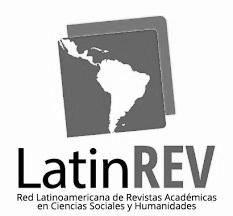En este artículo trabajamos en diálogo dos lenguajes artísticos, literatura y cine. Abordamos la novela Distancia de rescate de Samanta Schweblin (2017) y la película homónima dirigida por Claudia Llosa (2021). La historia, común a ambas obras, se desarrolla en la pampa sojera, en un pueblo que se sustenta a través de un modelo agropecuario de negocios configurado con estrategias financieras propias del capitalismo tardío. Consideramos que tanto el texto como la película operan a partir de modos que producen en lectorxs y espectadorxs un efecto del orden de lo raro y lo espeluznante (Fischer, 2018) y que condensan un tipo de horror en el que leemos los síntomas de la entidad espeluznante que constituye el capital en las zonas de la pampa manejadas por un modelo agrocapitalista. A partir del análisis de tres grandes ejes sobre los que construimos nuestra hipótesis, de la narración hacia los restos de un paradigma indicial, el cuerpo, lo monstruoso y la búsqueda del punto exacto, leemos la variada gama de matices que se ponen en juego entre uno y otro texto de la cultura.
Palabras clave: literatura – cine – agrocapitalismo – biopolítica – raro y espeluznante
The eerie about capital in Distancia de rescate by Samantha Schweblin and the film version by Claudia Llosa
In this article we establish a dialogue between two artistic languages, literature and film. We address the novel Distancia de rescate by Samanta Schweblin (2017) and the film of the same name directed by Claudia Llosa (2021). The story, common to both works, takes place in the soy-growing region of la pampa, in a town that is sustained by an agricultural business model configured with financial strategies typical of late capitalism. We consider that both text and film operate in ways that produce in readers and viewers an effect of the order of the weird and the eerie (Fischer, 2018), condensing a type of horror in which we read the symptoms of the eerie entity that constitutes the capital in the areas of the pampas managed by an agro-capitalist model. From the analysis of three major axes on which we build our hypothesis: from the narrative towards the remains of an indexical paradigm, the body, the monstrous and the search for the exact point, we read the varied range of nuances that are put into play between one and another text of culture.
Key words: literature – cinema – transposition – biopolitics – weird and eerie


